
Data
Data
Science begins with observation and data provide information about natural phenomena.
Learning Objective: Provide examples of different forms of data about the natural world, including the types of information data can convey.
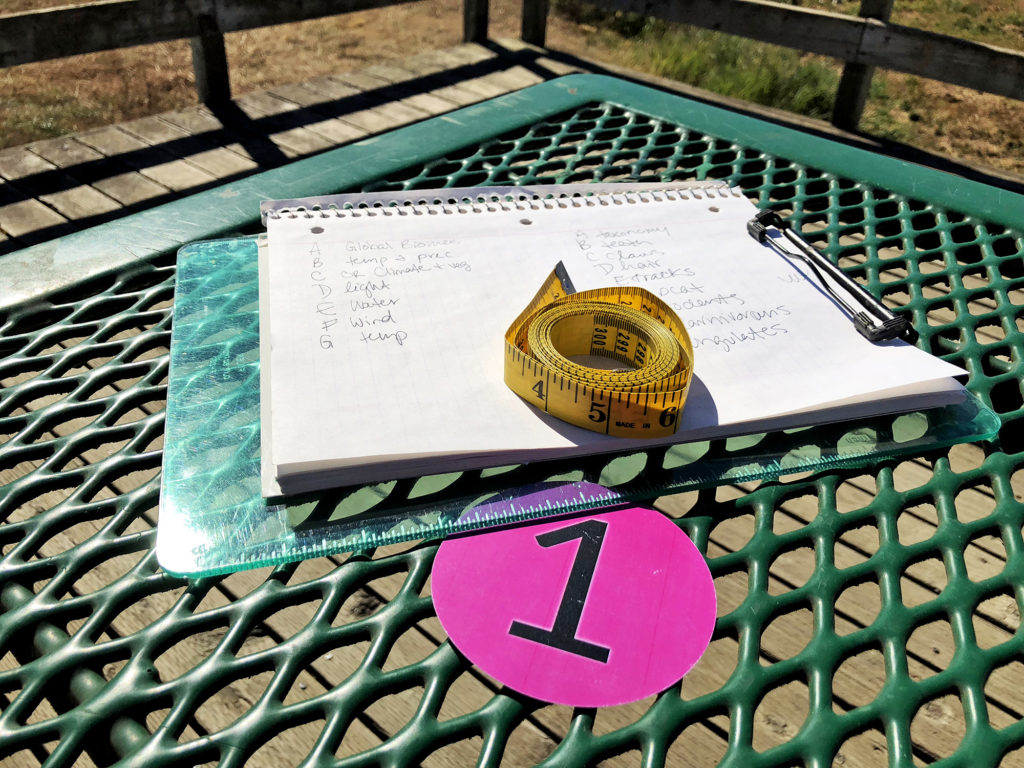
In this module all three media pieces can be completed together
Overview of module 3 media pieces
Collecting data about a population
This week you are collecting data about a population of organisms. A population includes organisms that are all the same species. This could be a population of the same type of tree in a park, same species of grass in a lawn, ants in an anthill, or the same species of fish in a tank. There is more on what a population is in this guide.
Data Collection Plan
Choose a location with a population, determine the size of the smaller area you will sample at that location, design a quadrat to sample with, list any other supplies needed, and identify potential safety issues.
Written Data
Collect information about the population, including: researcher name(s), project name, location, weather, date, time, the number in the sample quadrat, the extrapolated number in the entire location, distribution, and interactions.
Photographic Data
Capture data on the population and address research questions with photos using different perspectives: first impression, ground view, eye-level view, overhead view, and final impression.
Work Ahead
These three media pieces have the typical due dates (Wednesday evening for 3A, Friday evening for 3B, and Sunday evening for 3C), but if you have time early this week, you can complete all three together.
Now, a closer look at data collection

Data are the attributes of something we can observe, like number, color, or size. Data is the variable in a study, what you are trying to find out more about; like the number of fish in a lake, or location of a plant in a field.

\”Data\” is often used interchangeably with information. In its basic sense, data is the attribute of something, like the number or color, or size. This is information if it is new to someone, they become informed about the data.
We often think of numbers as the primary type of data, because many measurements are numerical.

Temperature
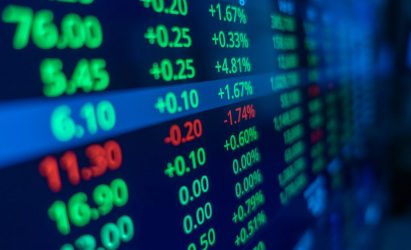
Stock Values
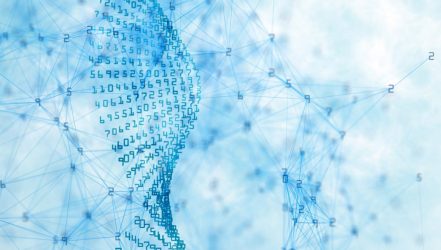
Mutation Rates
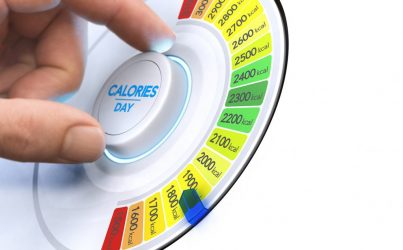
Food Calories
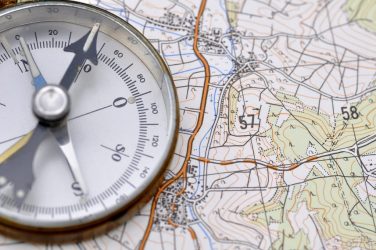
Map Coordinates
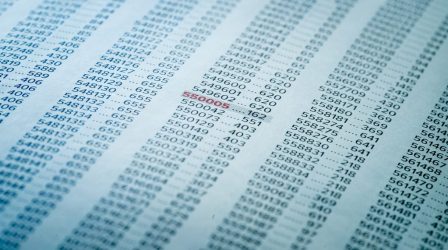
Population Size
Data can also be in non-numerical form.
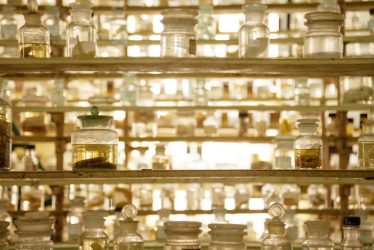
Specimens
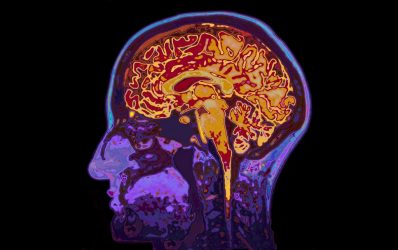
Human Attributes (motivation, attitude, satisfaction)

Stakeholders in an Issue
The questions that you want to answer drive the type of data that is collected.
This video provides an overview of data collection.
The next section focuses on sampling data from a larger population.










